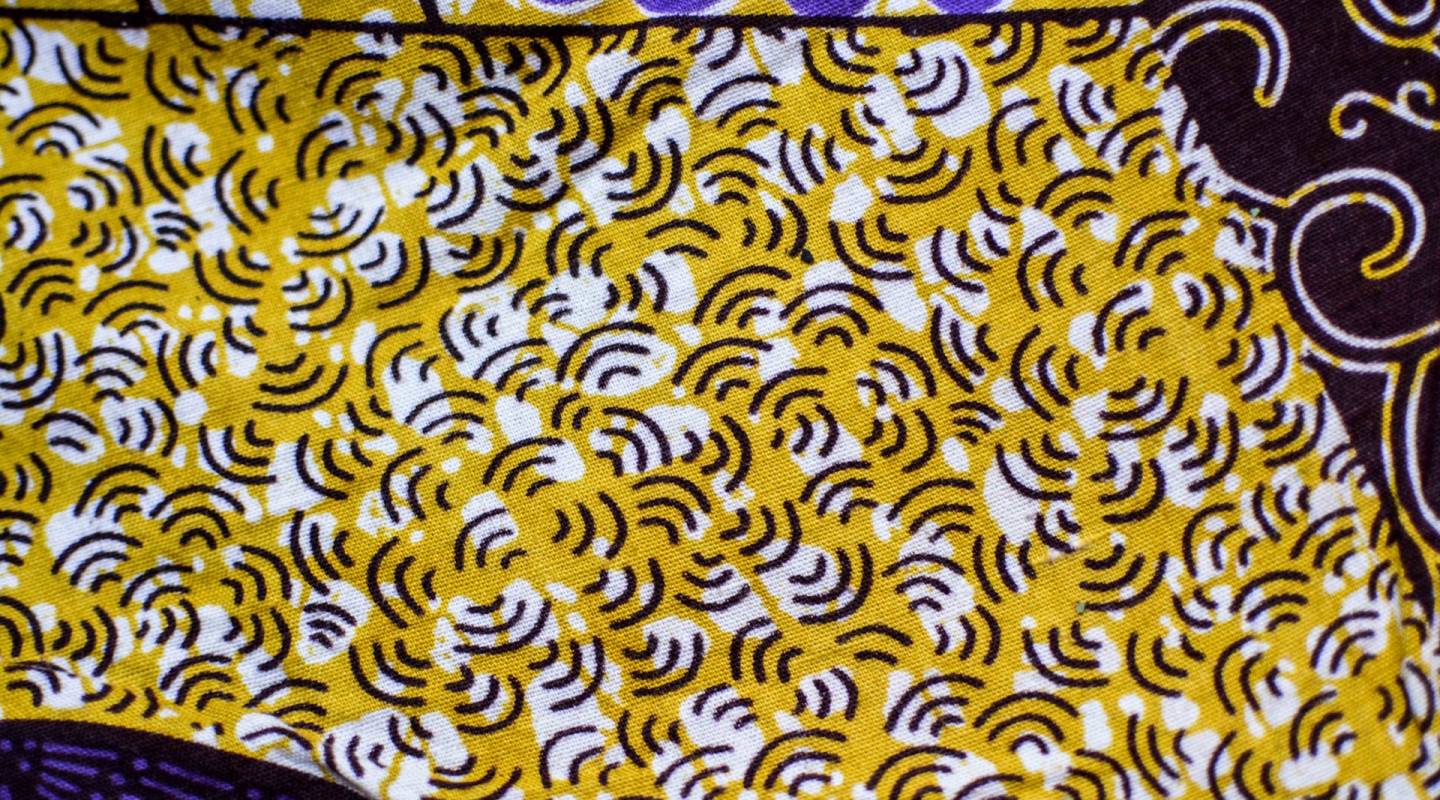
Côte d'Ivoire
Capital city — Yamoussoukro
Country population
i2017/ World BankIncarceration rate (per 100,000 inhabit…
i31/05/2017/ Department of penitentiary administrationType of government
Human Development Index
Homicide rate (per 100,000 inhabitants)
Name of authority in charge of the pris…
Ministry of JusticeThe Department of…
Total number of prisoners
i31/05/2017/ Department of penitentiary administrationPrison density
i2017/ Department of penitentiary administrationTotal number of prison facilities
i2017/ Department of penitentiary administrationAn NPM has been established
Female prisoners
i2017/ Department of penitentiary administrationIncarcerated minors
2.2 %In June 2017, gir…
i2017/ Department of penitentiary administrationUntried prisoners
i2017/ Department of penitentiary administrationDeath penalty is abolished
yes, since 2015The death penalty…
Overview
Prison population
Incarceration rate (per 100,000 inhabitants)
57
The authorities publish official statistics on prison population
irregularly
The prison administration does not regularly publish statistical data on the prison population. The post-electoral crisis of 2011 is causing a significant increase in the prison population from 7,086 prisoners in 2012 to 13,758 in 2017. The incarceration rate for the same period has increased from 35 prisoners per 100,000 inhabitants to 57 prisoners per 100,000 inhabitants. However, it remains low globally, as for other countries in the region.
The prison service has a computerised record keeping system
All institutions have a non-electronic lock-up register. Until December 2006, Prisoners without Borders was installing computers in the 22 jails and courts. This system is not connected to the court of appeals. Therefore, it does not connect the whole prison system.
Total number of prisoners
13,758
Prison density
196.8 %
The institutions are all organised in the same manner :
- Buildings A and B house persons in pre-trial detention, ordinary prisoners, and political prisoners sentenced to a maximum of 10 years.
- Building C houses prisoners sentenced to a maximum of 20 years.
- Building F is reserved for women and minors. All categories of female prisoners (girls, adult women, pregnant women, mothers with their child, and older women), including the whole range of crimes (serious crimes, crimes, petty offences) and all types of imprisonment (those serving sentences and those in pre-trial detention) are held there.
- The building for assimilated prisoners1 houses high ranking State officials, civil servants, political authorities, high-level executives and businessmen.
The Observation Centres for Minors (COM) are reserved for minors between 12 and 17 years of age who have committed any type of crime
he term “assimilated” is a colonial heritage. It refers to prisoners assimilated to European civilians. These are civil servants, private executives, politicians… ↩
Overcrowding is an issue for specific types of prison facilities
yes
For example, people arriving at the MACA are put together in a cell in Building C. Designed to accommodate a single prisoner, these cells may house ten or more people.
The MACA, built to house 1500 prisoners, houses between 3,000 and 5,000. That is almost half of the country’s total prison population. The occupancy rate can reach as high as 330%.
Organisation
Name of authority in charge of the prison service
Ministry of Justice
The Department of Prison Administration is attached to the Ministry of Justice since 1969.
Budget of the prison service
-
Prison Administration does not have autonomy in managing its budgetary and human resources1.
Fédération internationale de l’Action des chrétiens pour l’abolition de la torture (FIACAT) et ACAT Côte d’Ivoire, Rapport sur la mise en œuvre du Pacte international relatif aux droits civils et politiques en vue de l’adoption de la liste de questions par le Comité des droits de l’homme des Nations unies, July 2014. ↩
Percentage of the ministerial budget allocated to the prison service
-
The prison system is divided into jails, corrections facilities, and prison camps. Prison institutions house men as well as women and minors.
Prison facilities
There are 34 prison facilities for minors; of which 3 are Observation Centres for Minors (COM) and one is a rehabilitation centre for minors.
Total number of prison facilities
34
Total official capacity of the prison facilities
6,989
The number of prisoners, as well as the size of cells, buildings and common spaces, varies between jails.
The jail in Abidjan (MACA) is the biggest penal institution of the country.
Prison facilities are accessible by public transport
some establishments
Most prisons are located in cities.
Staff
The prison staff is represented by (a) union(s)
Prison personnel is recruited through a selection process run by the government administration under the Department of Justice1.
Prison officers are required to undergo training. The National Institute of Judicial Training opened in 2008. It offers a “training series for prison institution managers”2.
Ministère de la Justice et ministère de la Santé, Politique nationale de santé en milieu carcéral, Executive document, May 2010. ↩
ONUCI, Situation des Etablissements pénitentiaires de Côte d’Ivoire, July 2005-April 2006, August 2006 and ONUCI, Rapport sur la situation des établissements pénitentiaires en Côte d’Ivoire, 2007. ↩
Supervisors are called “dagottas” or “dagodas”. This can come from “da” which means “the door” in dioula or “dago” which means “to be stupid”.